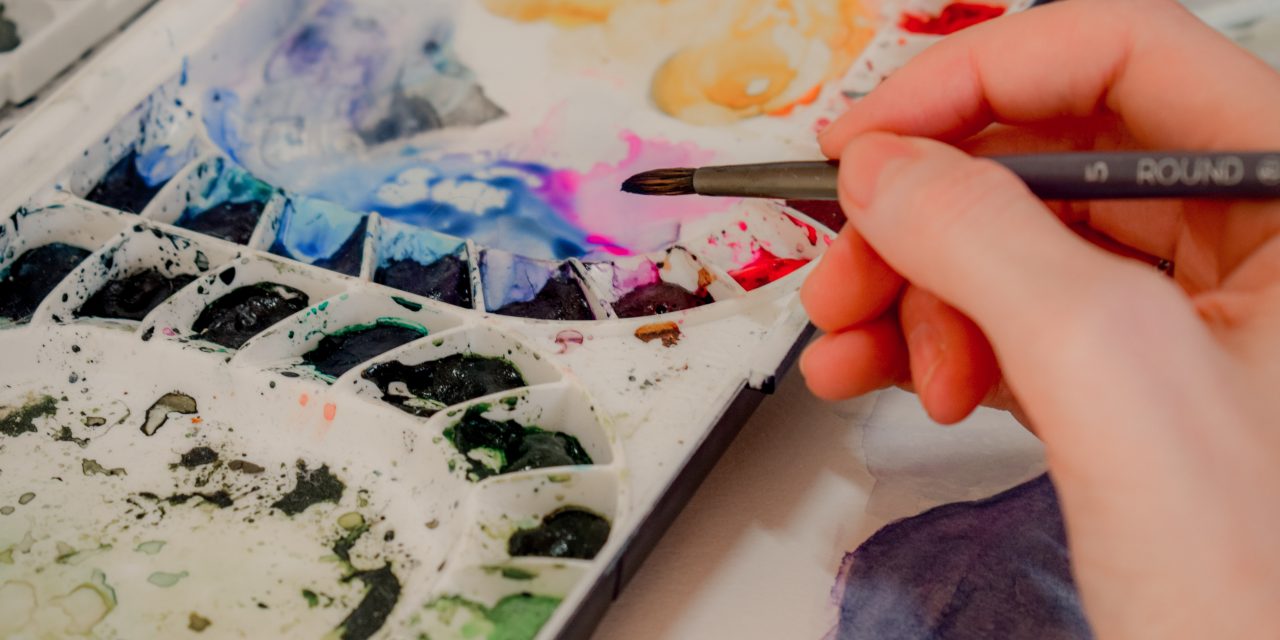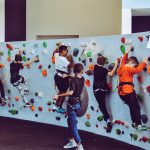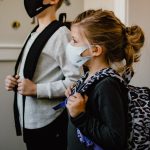By Katie Palmer
Photo by Sarah Brown on Unsplash
Skagit Valley College offers an art program with a wide selection of classes for beginning and more intermediate students. During the rise of COVID-19, the art program and department at SVC have been severely impacted by the limits of online learning, with disadvantages and a few unique advantages.
Mary Iverson, the chair of the art department and an art instructor herself, explained more on how the art program has been affected with COVID-19, and what is to come from it this fall.
“The hardest thing has been our ceramics class because ceramics really is hard to teach online. Chris Theiss, our ceramics instructor, has done a really fantastic job,” Iverson said. She elaborated that ceramics is very finicky through online learning and talked on the amount of specifics that don’t properly translate to the at-home learning format. Despite this, most of the art classes have stayed during the pandemic, with only the photography classes being dropped. Iverson mentioned that the photography program is on track to being implemented back on campus this fall. “Photography is also going to be a hybrid on ground with ten students. We haven’t been able to run the photo classes because of the darkroom and that’s a required learning outcome. So photo classes with Ed Jaramillo will be back in the fall,” she said.
Iverson talked about the art department’s plans for the upcoming classes this fall, “We’re gonna have a mixture of hybrid classes with a smaller component. Ceramics class will have two sections, and they’ll be smaller, so we’ll just have a small 10-person class. We’ll have two ten person sections and we’ll have an on-ground hybrid intro to art, and Chris Theiss will be teaching those, so we’ll have an on-ground art teacher, which is fantastic.” Iverson elaborated on the different types of online classes for the fall, “We’ll also have offerings where they’re still online, but you have to show up at a specific time, we call that online synchronous. We also have, like I’ve been doing, the online asynchronous which is where I load it all into canvas and students can access it at any time.”
Iverson went on to elaborate on what advantages she’d seen with the art department during the pandemic. “We’ve had really strong enrollment since COVID-19, I think. People have realized what the power of creativity in their lives and the importance of that and have reached out to take art classes,” she said. She continued on how the online format has changed how she works. “The online learning aspect of studio classes is something I vowed never to do, and then COVID hit so all of my studio classes have had to move online, and students like it! What I did was video tape all my demos, as usually in a studio class I give live demos in class, like here’s how to do this, how to paint a sphere, here’s how to draw this, but since we’re not in person I videoed absolutely everything. I spent a lot of time editing the videos, narrating them, captioning them so they’re really accessible to anyone at any time, and then I post those to Canvas,” Iverson said. She continued to explain how these videos were a valuable asset to her classes, as with demos accessible any time, students could view them whenever they got stuck in their assignments.
Iverson talked about how this surprised her, and she wasn’t previously aware to the advantages this could have with online teaching. “In some ways it’s more effective than teaching in-person, but at the same time there’s things that are less effective online,” she said. Iverson commented on the difficulties of not being able to be physically there to instruct students on simple mistakes that she could’ve helped them fix if they were in person.
Iverson expanded on how hard and stressful online has been, “I’m personally excited to get back to normal, although I have been in some ways thriving online and growing as a teacher that way, but it just is getting old, and I wanna get back to real-time,” she said. “Even if you’re a good online learning, I think it’s just we need community and feedback and group support and I think it’s taking it’s toll for sure just to be all online all the time,” Iverson said.
Iverson continued on how she felt about how the art department has handled online learning. “I want to share just how incredible all the instructors of the art department are, and have been, and how student focused and amazing and positive we’ve been. I just want to give a huge shoutout to how awesome my fellow art instructors have been. I’m really proud of us.”
Theiss, the previously mentioned ceramics instructor at SVC also commented on how he felt about online learning, and how he feels about the art program coming back in the fall. “I am super excited to get back to in-person teaching in Fall. I’ve really missed the face to face interaction with students that cannot be replicated through Zoom meetings. I have learned a great deal during this fully online period and some of what I learned will carry over into my future approach to teaching in the art studios,” Theiss said.
While online learning has been a challenge, this fall quarter is very promising for the art department, and all the art teachers, as it strikes ground in a hopeful, safe, and complete return to campus soon.






